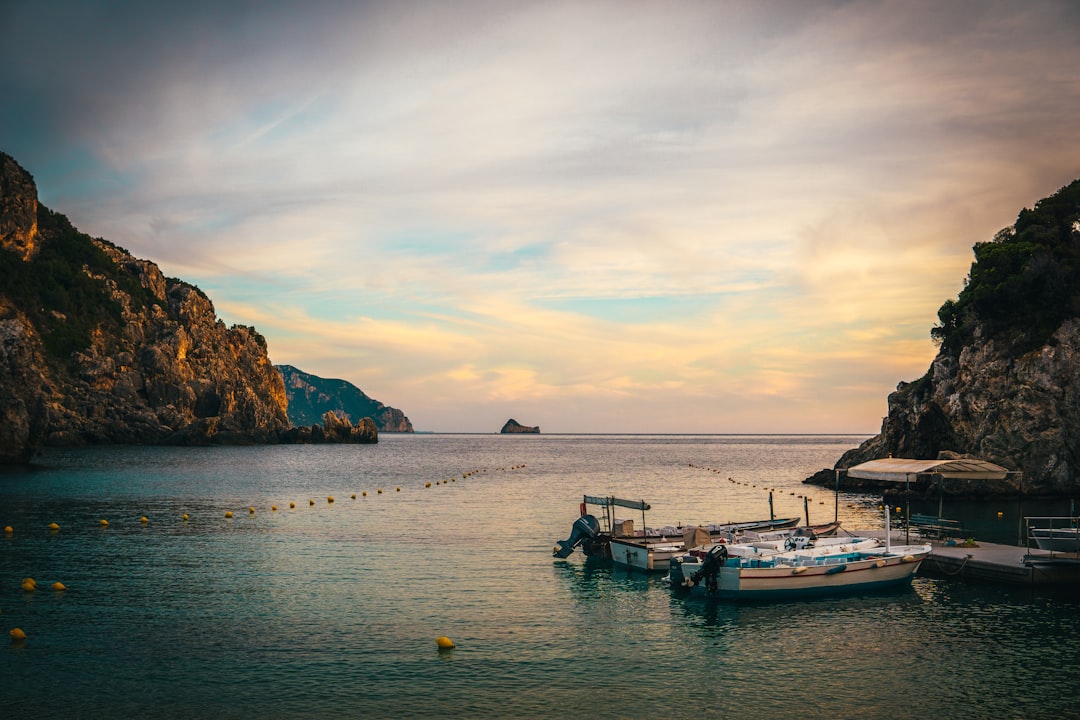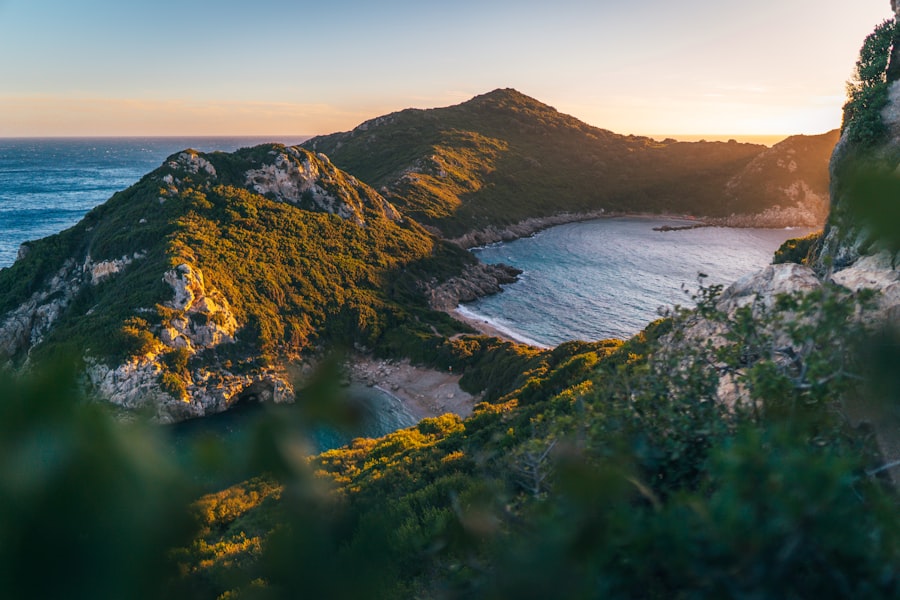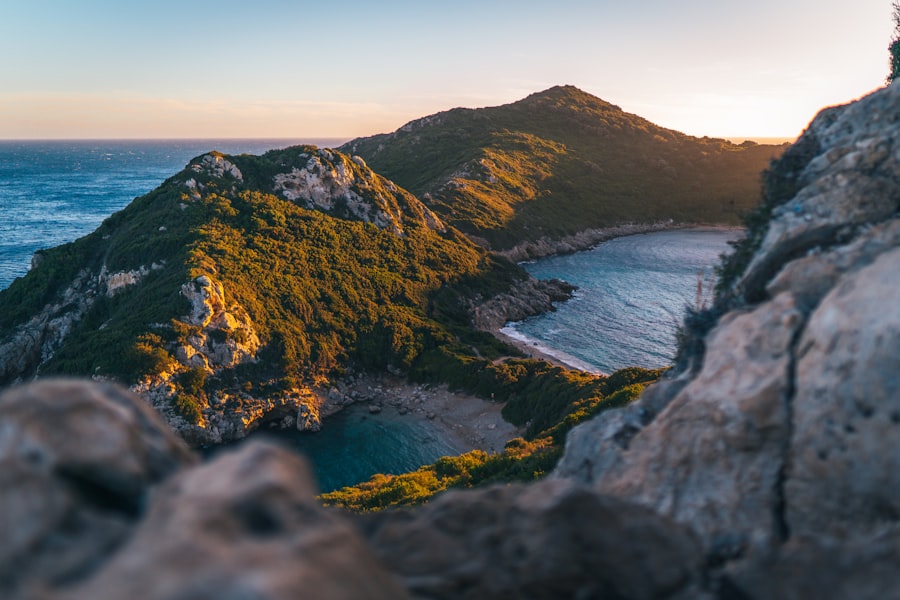
Mauritius, an island nation located in the Indian Ocean, is renowned for its stunning landscapes, rich cultural tapestry, and vibrant history. Situated approximately 2,000 kilometers off the southeast coast of Africa, this small archipelago is often celebrated as a tropical paradise. The island is encircled by coral reefs, which not only enhance its natural beauty but also create a haven for marine life.
With its pristine beaches, lush green mountains, and diverse ecosystems, Mauritius attracts travelers from around the globe seeking both relaxation and adventure. The island’s strategic location has made it a melting pot of cultures, with influences from Africa, Europe, India, and China. This unique blend is reflected in the local cuisine, languages spoken, and festivals celebrated throughout the year.
The official language is English, but French and Creole are widely spoken, showcasing the island’s colonial past and its ongoing connection to various cultures. As a destination that offers both tranquility and excitement, Mauritius is a place where visitors can immerse themselves in nature while also experiencing the warmth and hospitality of its people.
Key Takeaways
- Mauritius is a beautiful island nation located in the Indian Ocean, known for its stunning beaches, rich culture, and diverse natural landscapes.
- The history of Mauritius is marked by colonial influences from the Dutch, French, and British, resulting in a unique blend of cultures and traditions.
- Must-visit places in Mauritius include the vibrant capital city of Port Louis, the picturesque beaches of Flic en Flac, and the stunning Black River Gorges National Park.
- Natural wonders and sights in Mauritius include the otherworldly Chamarel Seven Coloured Earth, the breathtaking Tamarind Falls, and the crystal-clear waters of Blue Bay Marine Park.
- Unique experiences in Mauritius include swimming with dolphins in the wild, exploring the underwater world through snorkeling or diving, and indulging in the local cuisine and rum tasting.
- When traveling to Mauritius, it’s important to pack sunscreen, insect repellent, and light clothing, and to respect the local customs and traditions, such as dressing modestly when visiting religious sites.
Historical and Cultural Facts about Mauritius
The history of Mauritius is as diverse as its population. Discovered by the Portuguese in the 16th century, the island was later colonized by the Dutch, who named it after Prince Maurice of Nassau.
The British took control in 1810 during the Napoleonic Wars, and Mauritius remained a British colony until gaining independence in 1968. This colonial legacy has left an indelible mark on the island’s culture, architecture, and social structure. Culturally, Mauritius is a vibrant tapestry woven from various threads.
The population comprises primarily Indo-Mauritians, Creoles, Sino-Mauritians, and Franco-Mauritians. Each group has contributed to the island’s cultural landscape, resulting in a rich array of traditions, languages, and religions. Festivals such as Diwali, Eid, and Christmas are celebrated with equal fervor, reflecting the island’s commitment to multiculturalism.
The local cuisine is a delightful fusion of flavors, featuring dishes like dholl puri (a type of flatbread filled with split peas), biryani (a fragrant rice dish), and gateau piment (spicy lentil cakes). This culinary diversity is a testament to the island’s historical interactions and ongoing cultural exchanges.
Must-Visit Places in Mauritius

When visiting Mauritius, there are several must-see locations that encapsulate the island’s charm and allure. One of the most iconic sites is Port Louis, the capital city.
The city’s waterfront area offers stunning views of the harbor and the surrounding mountains. The Aapravasi Ghat, a UNESCO World Heritage site located in Port Louis, serves as a poignant reminder of the indentured labor system that brought thousands of Indian workers to the island in the 19th century. Another essential destination is the picturesque village of Chamarel, famous for its Seven Colored Earths—a geological formation that showcases vibrant hues of red, brown, violet, green, blue, and purple sand dunes.
Nearby is the Chamarel Waterfall, which plunges 83 meters into a lush valley below. This area is not only visually stunning but also offers opportunities for hiking and exploring local flora and fauna. Additionally, the Black River Gorges National Park provides a sanctuary for endemic species and offers numerous trails for nature enthusiasts to discover the island’s unique biodiversity.
Natural Wonders and Sights in Mauritius
| Location | Description |
|---|---|
| Chamarel Seven Colored Earth | A geological formation of sand dunes with seven distinct colors |
| Black River Gorges National Park | A protected area with hiking trails, waterfalls, and diverse flora and fauna |
| Le Morne Brabant | A UNESCO World Heritage site known for its cultural and historical significance |
| Grand Bassin | A sacred crater lake surrounded by temples and shrines |
| Trou aux Cerfs | An extinct volcano with a panoramic view of the island |
Mauritius is blessed with an abundance of natural wonders that captivate visitors with their breathtaking beauty. One of the most striking features is the island’s coastline, characterized by white sandy beaches and crystal-clear turquoise waters. Beaches such as Belle Mare and Flic en Flac are perfect for sunbathing and water sports like snorkeling and diving.
The coral reefs surrounding these beaches are teeming with marine life, making them ideal spots for underwater exploration. Inland, the island boasts lush mountains and volcanic landscapes that offer stunning vistas. Le Morne Brabant is a UNESCO World Heritage site known for its dramatic cliffs and historical significance as a refuge for runaway slaves during colonial times.
Hiking to its summit rewards adventurers with panoramic views of the surrounding lagoons and islands. Additionally, the Tamarin Falls presents an awe-inspiring sight with its cascading waters surrounded by dense tropical vegetation. This natural wonder is not only a popular spot for photography but also offers opportunities for canyoning and other outdoor activities.
Unique Experiences in Mauritius
Beyond its scenic beauty and cultural richness, Mauritius offers unique experiences that allow visitors to connect with the island on a deeper level. One such experience is exploring the local markets where artisans showcase their crafts. The village of Grand Baie is known for its vibrant market scene where visitors can purchase handmade jewelry, textiles, and traditional Mauritian souvenirs.
Engaging with local artisans provides insight into their craftsmanship and cultural heritage. Another distinctive experience is participating in a traditional sega dance performance. Sega is a lively dance form that originated from African slaves brought to the island.
It features rhythmic music played on traditional instruments like the ravanne (a type of drum) and is often accompanied by colorful costumes. Visitors can join in on the dance or simply enjoy watching performances at local festivals or cultural events. This immersive experience not only entertains but also educates travelers about the island’s history and cultural expressions.
Tips for Traveling to Mauritius

Traveling to Mauritius can be an enriching experience if one is well-prepared. First and foremost, it’s essential to consider the best time to visit. The island enjoys a tropical climate with warm temperatures year-round; however, the ideal months for travel are from May to December when humidity levels are lower and rainfall is minimal.
This period allows for optimal outdoor activities such as hiking and beach outings. When planning your itinerary, it’s advisable to rent a car or use local transportation options like buses or taxis to explore beyond popular tourist spots. While public transport is affordable and efficient, having your own vehicle provides greater flexibility to discover hidden gems across the island at your own pace.
Additionally, be sure to pack appropriate clothing for both beach days and cooler evenings in higher altitudes. Lastly, understanding local customs can enhance your travel experience significantly. Mauritians are known for their hospitality; greeting locals with a friendly “Bonjour” or “Salam” can go a long way in establishing rapport.
Tipping is customary in restaurants and for service providers; leaving around 10% of your bill is appreciated but not obligatory. Engaging with locals not only enriches your understanding of their culture but also opens doors to authentic experiences that may not be found in guidebooks. In summary, Mauritius stands out as a destination that seamlessly blends natural beauty with rich cultural heritage.
From its historical significance to its breathtaking landscapes and unique experiences, this island nation offers something for every traveler seeking adventure or relaxation amidst stunning surroundings.
If you’re intrigued by the diverse and fascinating details about Mauritius, you might also enjoy exploring more about other destinations around the world. For instance, Egypt is another country rich in history and culture, offering a plethora of sights and experiences. You can learn more about Egypt’s ancient landmarks, modern attractions, and essential travel tips by visiting this related article: Egypt Facts and Places to Visit. This guide provides a comprehensive overview similar to what you would find in a detailed exploration of Mauritius, making it a perfect next read for travel enthusiasts and history buffs alike.
FAQs
What are some interesting facts about Mauritius?
– Mauritius is an island nation located in the Indian Ocean.
– The country is known for its stunning beaches, lagoons, and reefs.
– Mauritius is a multicultural society with a diverse population.
– The island is famous for its extinct bird species, such as the dodo.
– Mauritius is a popular tourist destination, attracting visitors with its natural beauty and rich history.
What are some must-visit places in Mauritius?
– Port Louis, the capital city, is known for its vibrant markets and colonial architecture.
– The Black River Gorges National Park offers hiking trails and stunning views of the island’s interior.
– The Chamarel Seven Coloured Earth is a natural phenomenon where the sand dunes display seven different colors.
– The underwater waterfall illusion at Le Morne Brabant is a unique sight to see.
– The beaches of Flic en Flac and Trou aux Biches are popular for water sports and relaxation.
What are some famous sights in Mauritius?
– The Ganga Talao, also known as Grand Bassin, is a sacred crater lake and pilgrimage site for Hindus.
– The Pamplemousses Botanical Garden is home to a wide variety of plant species, including the giant water lilies.
– The Trou aux Cerfs is a dormant volcano with a panoramic view of the island.
– The Tamarind Falls, also known as Tamarin Falls, is a series of seven cascading waterfalls surrounded by lush vegetation.
– The historic Le Morne Brabant mountain is a UNESCO World Heritage site and a symbol of resistance against slavery.



